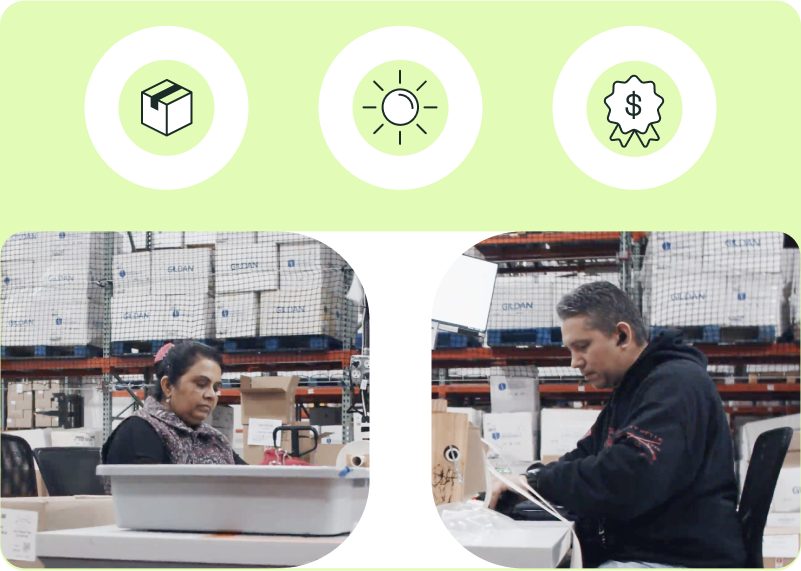
Why We Are Bootstrapped (And Why You Should Care)
"How much money have you raised?" You hear this question a lot in founder circles. Funding announcements get press coverage. VCs sit on panels. Founders post on LinkedIn about closing their Series B. For us? We are bootstrapped. Well, mostly. We raised a seed round early on, then bought most of that investment back. We did not want to be on the venture train. If you're wondering why we are telling you this, or why it matters to you as a customer, keep reading. The Graveyard Is Real The DTC










